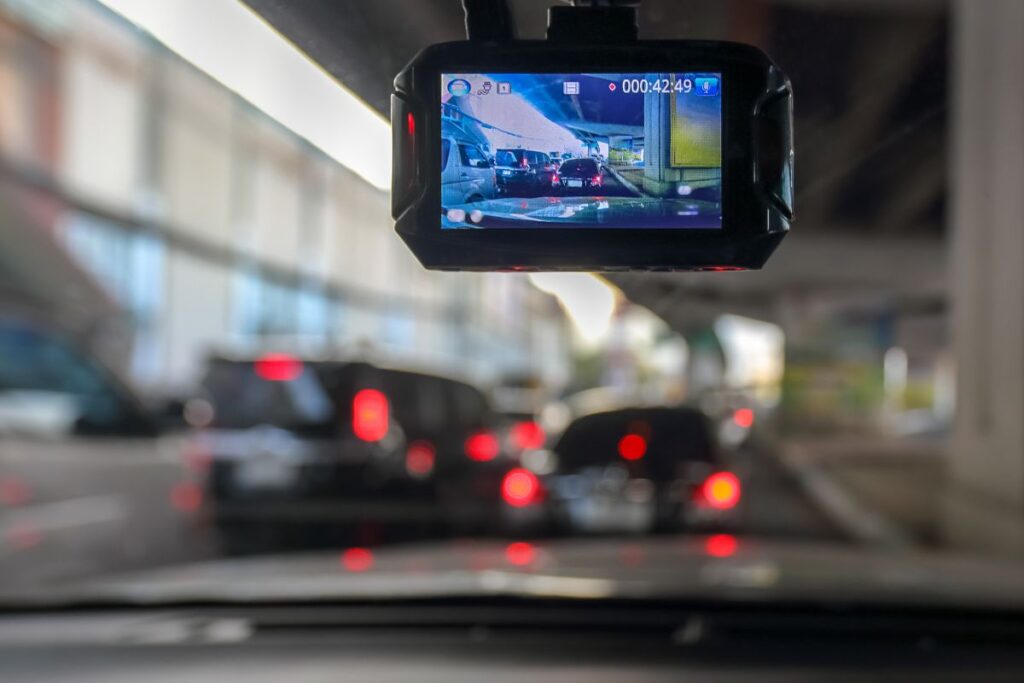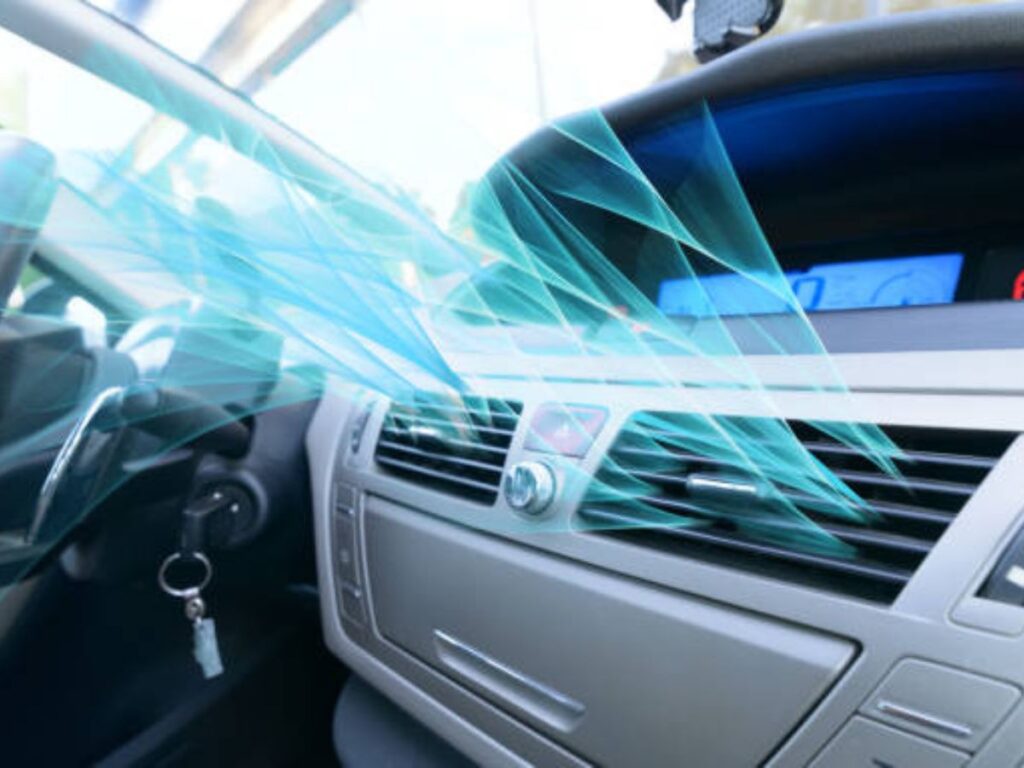It’s not merely a trend to use new technologies for educational objectives. It appears to be rapidly establishing itself as the direction of education. The majority of professionals in training and education are already knowledgeable in a variety of areas, including blended learning, e-learning, virtual reality, and augmented reality.
Putting theory into practice and providing a dry presentation of facts is part of the traditional educational method. This “golden” technique has been used to teach knowledge to many generations. However, there is a flaw in this approach, which is that it disregards the unique qualities that make each student unique.
The inability to memorize a lot of knowledge is a problem for students who struggle in school. Some students learn best visually, thus it’s crucial for them to actually “see” the subject under study rather than merely hearing or reading about it.
Because of this, educators consider virtual reality (VR) to be an engaging teaching strategy that can engage students of all skill levels and interests. Let’s take a look at VR in education in the future, which is slowly but surely becoming a reality.
Table of Contents
ToggleWays Virtual Reality Is Changing Education
Reading books and memorization of knowledge are two things that classical education presupposes of students. However, even dedicated students eventually tend to forget the material they don’t use.
Simply said, they lack the chance to become fully immersed in the subject, engage with it, and understand it. Students are given this chance by VR, which turns them into active participants in the learning process. Check out the 5 ways virtual reality is changing education.
· Total Immersion in VR for Vocational Training
Employees can learn new information and develop new abilities with the aid of VR equipment. To test the expertise of experts in a particular sector, technology can replicate real-world emergencies and life-like scenarios as well as the operation of relevant equipment.
New specialists acquire the skills necessary to handle unusual working circumstances. They experience a variety of circumstances with the use of VR headsets, and they must decide which behavior plan will work best in each one.
Coworkers comment on a trainee’s choice as they observe them through the screen. Employees acquire the skills necessary to perfect daily tasks, such as cleaning hotel rooms and welcoming visitors. Employees can keep top-notch services with the support of this training strategy.
· New Educational Resources with Virtual Reality in Special Education
For kids with cognitive impairments or disabilities, virtual reality technology offers additional instructional possibilities. Through the use of virtual reality (VR), people can learn how to interact with others, control their emotions, and act out different scenarios.
The student can navigate the environment and appropriately reply to the requests of virtual interlocutors with the aid of a VR educational program. According to research, virtual learning is less stressful for pupils and has fewer “deviations” than traditional learning.
The technology mimics the elements of an actual street environment. Blind people can learn to navigate through the use of special platforms with acoustic effects. Blind people who use VR training systems can learn auditory orientation by replicating the head-related transfer function.
· Education Without Borders Through Virtual Reality
The COVID-19 epidemic has demonstrated to society the value of distance education. However, a challenge has emerged: not all pupils will possess the ability of self-organization to finish activities, even if they are given a video lesson with a thorough explanation.
Students who enroll in online courses are increasingly motivated by VR. They are encouraged to do activities and get rewards using gamification features. Students of those specializations, for whom it is vital to practice lessons, benefit from technology.
It enables risk-free independent chemical experimentation with a wide range of substances. Each student has a unique avatar that they can move around the classroom and interact with other students, and teachers create 3D models of their classrooms.
· Higher Education and VR: More Practice
For schools and universities, virtual reality (VR) is not a new technology. More than two-thirds of colleges were testing or actively utilizing VR and AR technologies, according to Internet2. Some educational institutions use specialized labs.
They give teachers the tools they need to create their educational materials. Technical university students also refine their abilities in realistic settings by “fixing” digital representations of sophisticated machinery. Before beginning to work with actual models, they learn safety procedures and the structure of gadgets.
The European Union Aviation Safety Agency unveiled a virtual reality (VR) tool for pilot training just a year ago. In an immersive setting, it enables you to practice the riskiest maneuvers. On this gear, pilots, instructors, and test pilots train.
· When Theory Becomes Reality in School Education using VR
A variety of objects, procedures, and situations are simulated using VR equipment in the classroom. Soon enough, experiments in physics and chemistry will be able to be performed in a virtual laboratory. When studying geography, kids will be able to go to any continent while wearing VR headsets.
Virtual reality will develop into a sort of time machine that will transport students to various historical periods so they can witness important global events. Virtual reality (VR) enables an interactive environment that facilitates information perception and memory.
Students who are immersed in a subject have a thorough understanding of it and can apply what they have learned. For schoolchildren, virtual reality makes it simpler to perceive many things.
Future Troubles
However, it would be foolish to think of new technology as the panacea for all of our problems, and the issues they raise should be addressed head-on. New technologies do appear to have several benefits. The first is related to the possibility that immersion could drastically lessen interpersonal communication, particularly between students. It is significantly more fulfilling to interact with a real person than an avatar.
The same is true for screen interactions; they can never truly replace actual encounters. The contact between students and teachers must be preserved at all costs. It’s important to strike a balance between traditional classroom instruction and knowledge given via technology.
The expense of these resources is the other constraint. To enable the simultaneous use of these bandwidth-hungry gadgets, schools do need a sizable IT and WIFI infrastructure. Last but not least, training and educational institutions face financial hardships as a result of investing in these new technologies, even though costs are falling quickly.
In Higher Education, Why Might Virtual Reality Be Used?
Virtual reality has the potential to alter how individuals learn. Additionally, it marks a fundamental evolutionary advance that changes how educational content is delivered.
Immersive virtual reality has a variety of uses, such as creating content for any subject or theme, taking virtual field excursions to far-off or inaccessible locations, and using it as a training tool to learn difficult information through doing practical tasks. Additionally, it is a useful tool for research.
Ending Note
The future is closer thanks to virtual reality in education in several ways. Assisting them in becoming more prepared for the future, not only brightens the prospects of our students but also gives them the chance to improve the present. Additionally, virtual reality is still the future now as it was in the past. In comparison to a conventional case study, virtual reality tools do in fact allow students to interact with a more dynamic picture of reality.



